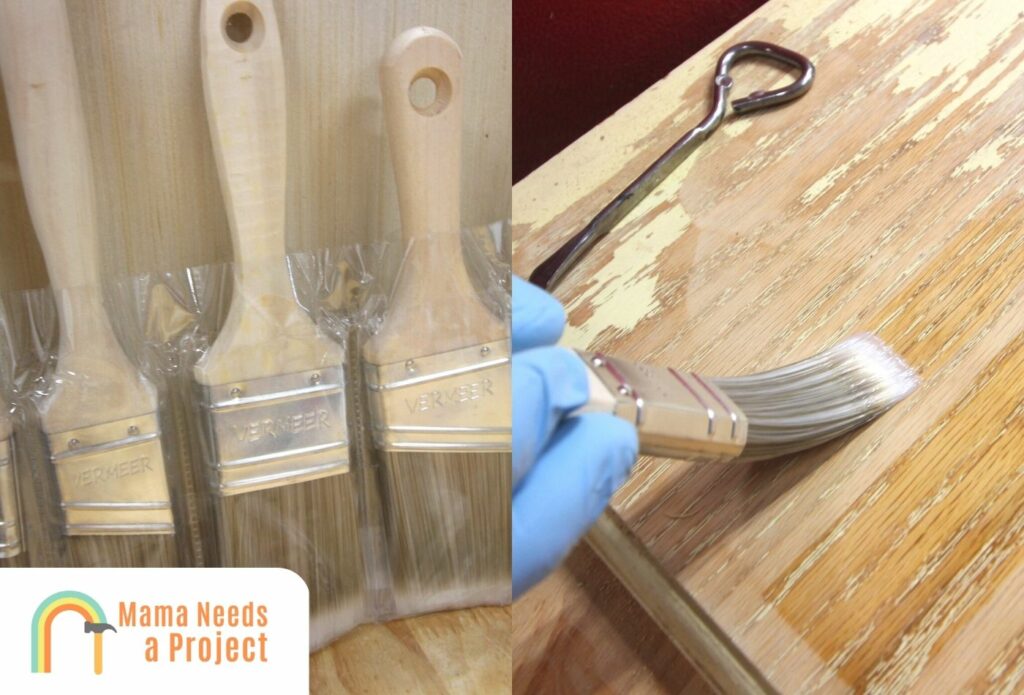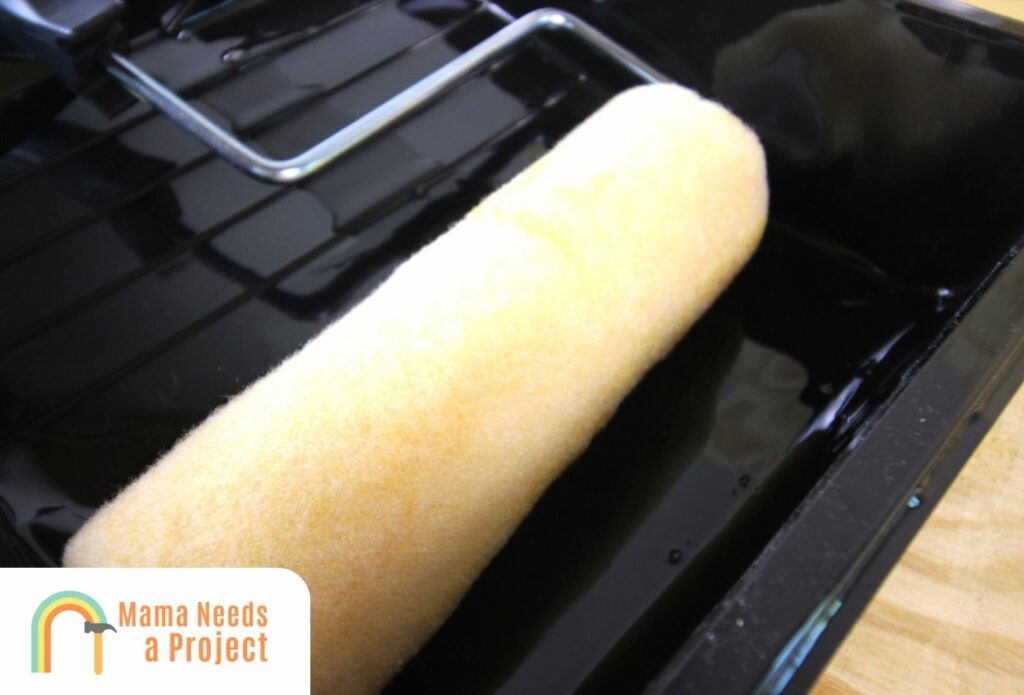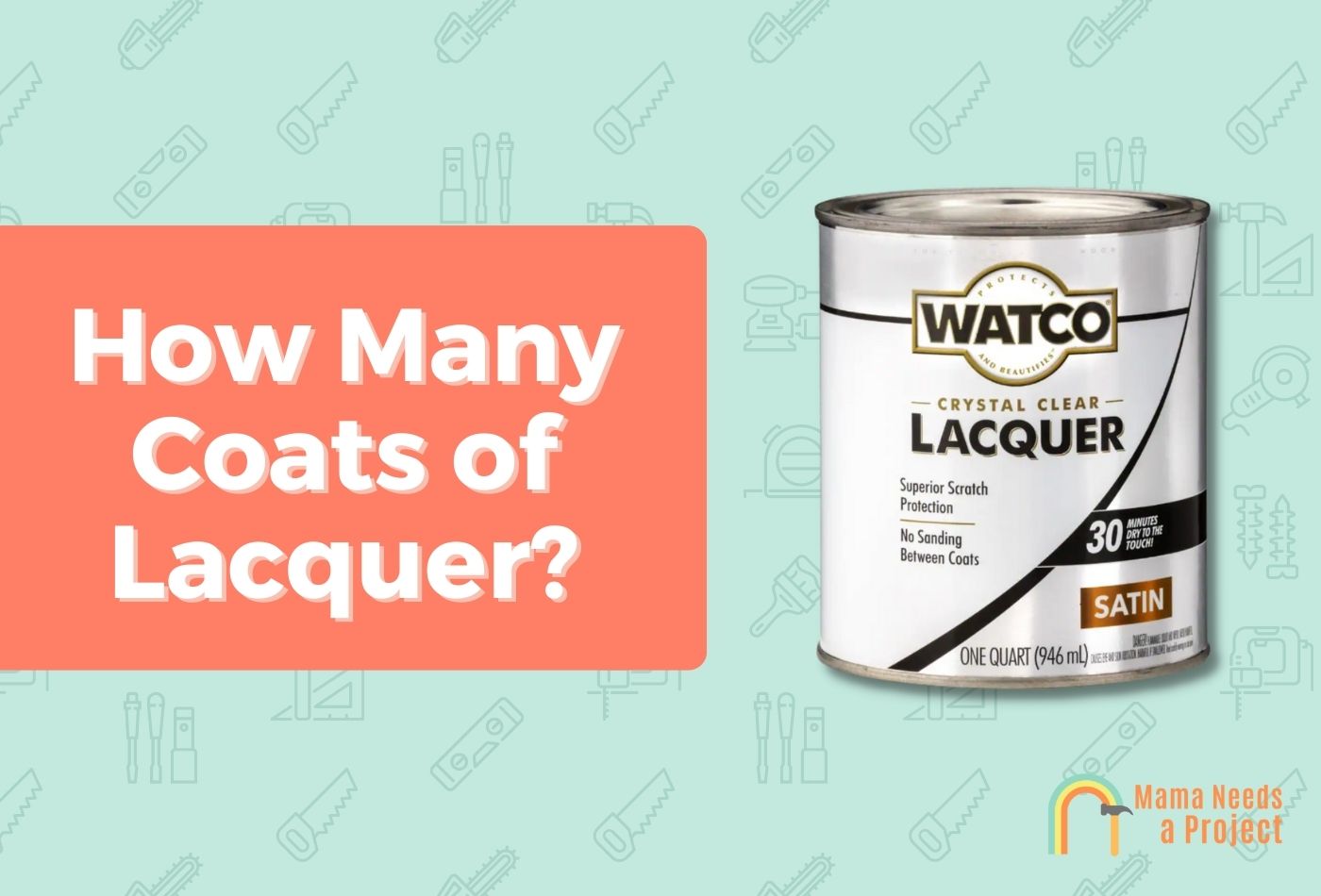How Many Coats of Lacquer? (For Best Results)
Lacquer is one of my favorite natural wood finishes, as it’s durable and easy to apply, yet it still can bring out all the unique features a piece of wood may boast.
But before you can use lacquer properly, you need to know how many lacquer coats to put down and how long to wait in between coats.
In this article, I’ll explain exactly how many coats of lacquer you should apply, how long to wait between coats, and much more. Let’s get started!
- Most surfaces only need three coats of lacquer, whether you’re using water-based lacquer or an oil-based version.
- But if the surface you’re applying lacquer to is going to be regularly exposed to elements that can damage it, it’s wise to apply at least one more additional coats.
How Many Coats of Lacquer Do I Need?
The rule of thumb for lacquer coats— whether you’re using water-based or oil-based lacquer—is three’s enough for most wood surfaces.
However, like with virtually everything in life, it’s not always that simple, and there are times when more or less coats of lacquer will be necessary.
This point will be explained more in detail as we go along, but here’s a brief example:
A piece of outdoor furniture should get 4-5 coats of lacquer, especially if you’re using a water-based product. The extra couple coats will ensure all the erosive elements that exist outdoors never penetrate the finish, even if it hasn’t been touched up in months.
Lastly, whether you’re brushing, spraying, or rolling lacquer onto a wooden surface, three coats should do. But again, there are situations where, depending on which applicator you use, more or less lacquer coats will be necessary.
How Many Coats of Lacquer Should I Brush?

If you’re going to be brushing lacquer on a wood surface, how many coats you’ll ultimately need will be in large part determined by how thick the coats you apply are.
Natural-bristle brushes and foam brushes tend to absorb more finish than is necessary, and when this happens thicker coats are usually the result, unless, of course, you take steps in real time to avoid this, e.g. tapping the can edges to remove excess finish.
So when using a brush to apply lacquer, it’s best to stick with thin coats. For one, if you notice a bare spot, you can easily fill it in to ensure a smooth finish.
But if you brush on thick coats, you’ll need to remove the excess lacquer before it has a chance to seep into the wood pores, and this not only elongates the overall process but usually leads to a mess as well.
In general, I always recommend brushing 2 to 5 coats of lacquer on your wood for maximum protection.
Looking to brush on lacquer? Check out these best brushes for staining wood!
How Many Coats of Lacquer Should I Spray?
Spraying lacquer finish is another popular method, and you can use either lacquer spray in a can or a spray gun to coat a wood surface with lacquer.
To use a spray gun effectively, you need to know how to load and spray the gun properly, whereas a spray can just requires that you shake before using and spray in a continuous, flowing motion until the whole surface has been coated.
But most woodworkers choose the spray gun when they need to spray on lacquer, so let’s dig a little deeper and discuss what exactly needs to be done to use one of these correctly.
For one, water-based lacquer is the best for spraying, since you don’t need to thin it in advance; with oil-based lacquer you’ll need to thin with mineral spirits (paint thinner or lacquer thinner) beforehand.
And just like you’d do with a spray can, you need to spray in a continuous, flowing motion to ensure no section gets too much lacquer.
Spraying a horizontal surface is much easier because drips rarely manifest, but with vertical surfaces you may have to stop spraying a couple times to halt big drips before they leave long trails.
Also, spraying can be the messiest method if you don’t have the right setup, so drape tarps over easels behind the workpiece, and lay a tarp or two on the floor.
Finally, before you start spraying, put on a mask, respirator, gloves, long sleeves, and pants. Also, ensure there’s good ventilation.
Note: Especially if you’re using an oil-based spray lacquer, these safety steps are critical, as oily lacquers contain volatile organic compounds (VOC) that can harm you if you’re overexposed.
How Many Coats of Lacquer Should I Roll?
Lacquer can be rolled on too, but this method of application should only be used for especially large surfaces like flooring.

Like brushes, rollers are prone to applying too much lacquer if you don’t take steps to avoid this in advance. Plus they’re harder to maneuver, which often leads to an uneven finish.
You’ll want to roll at least 2 coats of lacquer for a strong finish.
How Many Coats of Lacquer on Furniture?
Everyday Furniture
Furniture that’s used every day—like chairs, tables, couches, bureaus, dressers, and desks—should get three or more coats of water-based lacquer; just three will do for oil-based.
Everyday furniture should get more lacquer coats because it’s more at risk of getting scratched or gouged.
Granted, lacquer doesn’t offer the best protection against impact damage—look to polyurethane for this—but it is quite good at preventing scratches both minor and major.
Plus, it resists moisture well, but more on this soon!
Outdoor Furniture
When it comes to outdoor wood furniture, there are four erosive elements you need to ensure protection against: moisture, pests, sunlight, and extremely hot or cold temperatures.
Both water-based and oil-based wood lacquers can protect against all these elements, and three coats should be all you need, regardless of which lacquer you choose.
Don’t know whether water-based or oil-based wood lacquer is best for your outdoor furniture?
I recommend oil-based if you think it’s going to be subjected to especially harsh conditions routinely. But if not, water-based is the way to go, as it’s still pretty tough yet you won’t have to worry about it yellowing your furniture.
Kitchen & Bathroom Furniture
Nothing damages kitchen and bathroom furniture more than prolonged moisture exposure.
And since moisture-related damage is insidious, unfortunately most people don’t notice it until it’s too late.
Then there’s high heat, which can be just as damaging, yet it’s often overlooked.
For these reasons, if you want to be on the safe side and add one more coat of wood lacquer, by all means.
But you should only use water-based lacquer, as it’s natural and therefore food-safe; oil-based isn’t because it contains VOC.
Finally, most homeowners want the furniture in their kitchens and bathrooms to not just be durable but visually appealing as well, and lacquer ensures both, which is another reason why it’s highly preferred.
How Many Coats of Lacquer on Cabinets?
Kitchen & Bathroom Cabinets
Yes, cabinets are technically furniture, but usually they’re discussed apart from the other common furniture you’ll find in kitchens and bathrooms because they’re essential and usually mounted in locations that make their finishes important.
What do I mean by that? Well, if a cabinet is mounted in a location where it’ll be frequently exposed to a range of damaging elements (moisture, heat, etc.), it’ll need more coats of lacquer finish (4-5).
Kitchen cabinets, for example, are often mounted above stoves and sinks, where they’re routinely exposed to damaging elements like steam, heat, and boiling water. These cabinets need more coats to ensure they’re functional for a long time.
For cabinets in the bathroom, the main erosive element is steam, which three layers of either oil-based or water-based lacquer can protect against.
But you also need to keep an eye out for mold, as it thrives in bathrooms since moisture often has a hard time escaping. Fortunately, lacquer resists mold and mildew very well.
How Many Coats of Lacquer on Wood Floors?
There are a few important points to consider before applying lacquer to hardwood floors.
For one, it’s often the case that if a floor gets a lot of foot traffic on a daily basis, more than three coats of water-based, or three coats of oil-based, works best.
Also, you need to make sure the lacquer you’re using on your floor is not too glossy, as the smooth surface will be too slippery when it cures.
Sure, the floor may be shiny and eye-catching, but more importantly it can be quite dangerous.
And if you’re using oil-based lacquer to coat multiple hardwood floors in one go, you’ll need to prepare to be out of your home for at least 24 hours, as the lacquer will off-gas as it dries, releasing harmful VOC.
How Many Coats of Lacquer on Wood Stairs?
Since lacquer can be used on hardwood floors, it should come as no surprise that it can be used on stairs as well.
But with stairs, using a matte or satin lacquer is essential. Fortunately, even some oil-based lacquers have a muted sheen, and I recommend these for stairs because they’ll not only protect the stair material well but also provide much more traction than glossier options.
How Long Should You Wait Between Coats of Lacquer?
How long lacquer takes to dry is mainly a result of its composition.
Therefore, water-based lacquer, because it’s thinner, takes just 30 minutes to an hour to dry. Oil-based lacquer, which is much more viscous, can take four to five hours to dry.
But just because lacquer is dry doesn’t mean it’s fully cured (or hard all the way through). Usually it takes lacquer two weeks to a month to reach this state.
What Affects Lacquer Drying Time?
Temperature & Humidity
The two things that wreak havoc on lacquer more than anything else are temperature and humidity.
When lacquer is exposed to either extreme heat or cold for a prolonged period, it’ll break down, eventually exposing the material it was protecting.
And if a lacquer finish has to endure high humidity for days on end, you may eventually notice peeling, especially if it wasn’t put down the right way.
So remember that it’s best to apply lacquer when it’s 35°F-75°F and there’s minimal humidity.
Amount Applied
If you overload a surface with lacquer, it’s not going to dry as quickly as it would if the right amount of lacquer was applied properly.
Plus, you’ll have to remove the excess lacquer and touch up the whole surface after, and all of this takes time.
Again, this is why it’s critical that you only apply lacquer in thin coats; this way you ensure the process doesn’t take forever.
Final Thoughts
To recap, three coats of lacquer is usually enough for most interior and exterior wood surfaces, but how many lacquer coats a surface needs is determined by a range of factors.
In short, if you want to be on the safe side when using water-based lacquer, put down 4-5 coats; 3 will do for oil-based lacquer because it’s thicker and therefore stronger.

